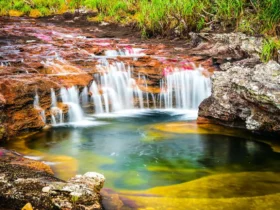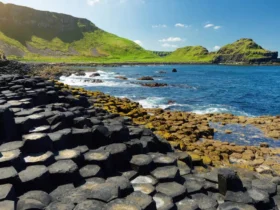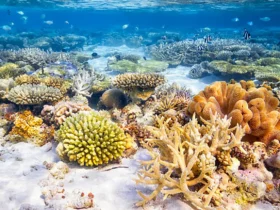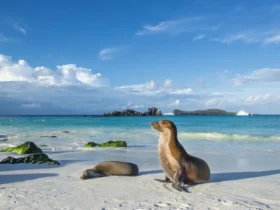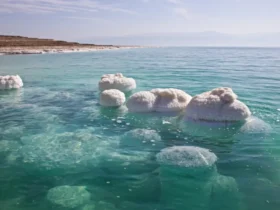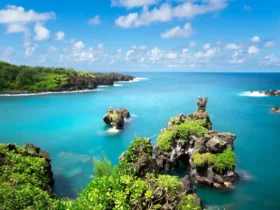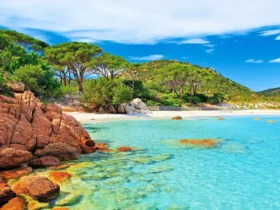The Great Barrier Reef is one of the most iconic natural wonders of the world. It is located off the coast of Queensland, Australia, The reef is composed of thousands of individual coral reefs and is the largest coral reef system on Earth.
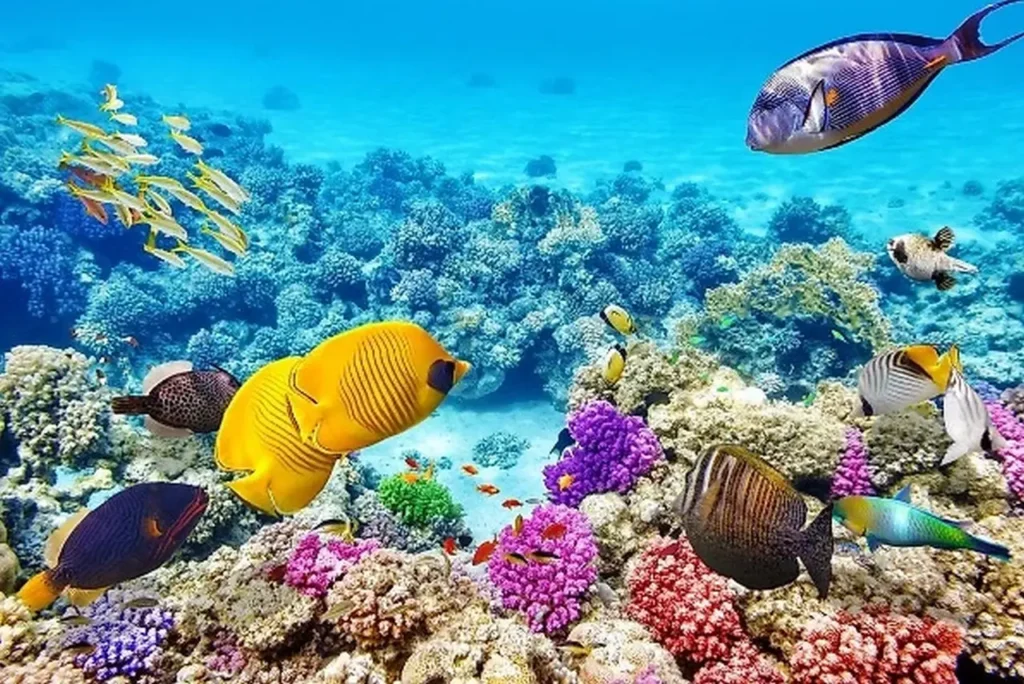
The Great Barrier Reef is renowned for its breathtaking beauty and rich biodiversity. This natural wonder attracts millions of visitors each year who come to explore its diverse ecosystems and indulge in various activities.
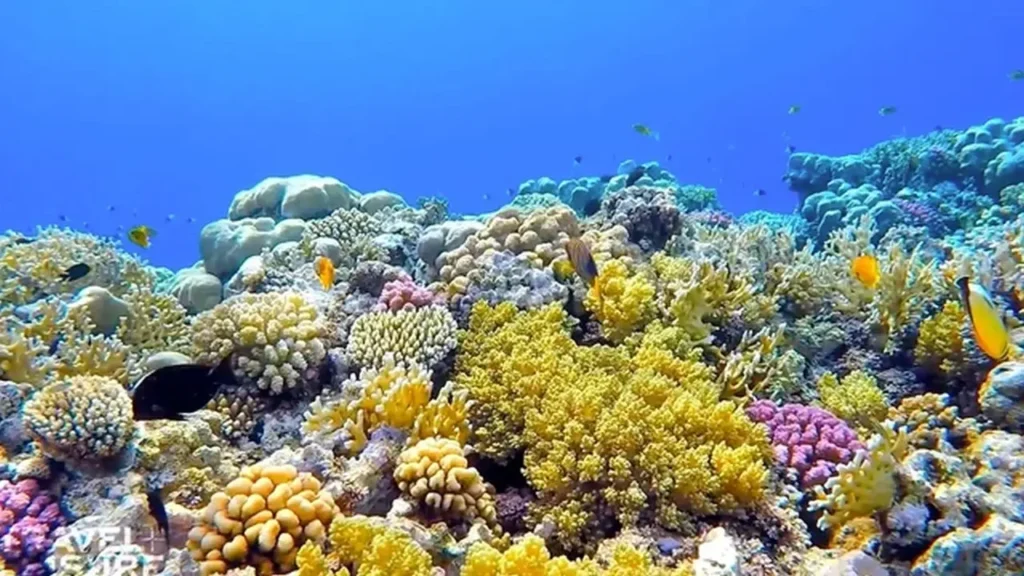
Some facture about the Great Barrier Reef
The Great Barrier Reef is not only a tourist destination but also a UNESCO World Heritage site and plays a crucial role in the ecological balance of the region. It supports a fragile ecosystem and provides important habitat for marine life.
Size and Location
The Great Barrier Reef spans an area of approximately 344,400 square kilometers (133,000 square miles). It stretches over 2,300 kilometers (1,400 miles) along the northeastern coastline from the tip of Cape York Peninsula in the north to Bundaberg in the south, parallel to the Queensland coast.
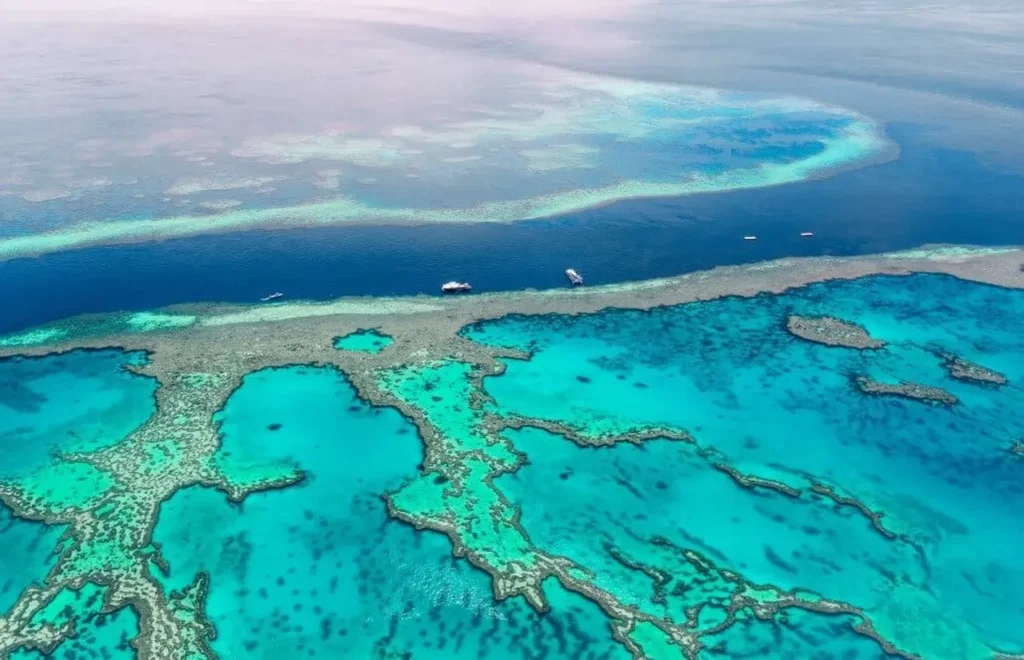
Biodiversity
The reef is home to a staggering diversity of marine life. It houses around 1,500 species of fish, including clownfish, angelfish, and parrotfish. It also supports over 600 types of coral, ranging from hard corals to soft corals and colorful sea fans. Additionally, the reef provides habitat for countless other species, including turtles, dolphins, sharks, rays, and dugongs.
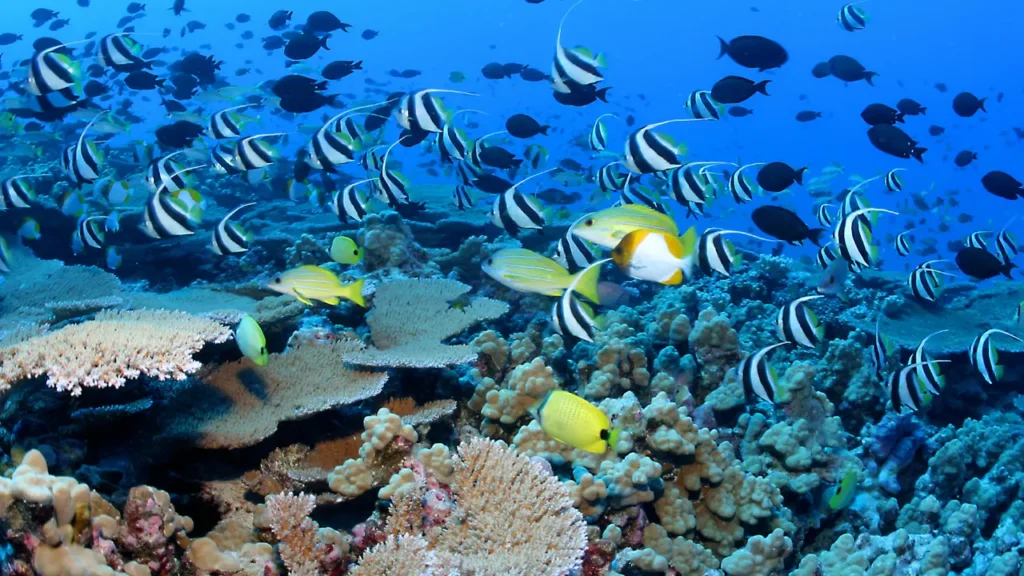
Marine Park Protection
The Great Barrier Reef Marine Park was established in 1975 to protect the reef and its surrounding waters. It is one of the largest marine protected areas in the world. The park is divided into different zones, including areas with varying levels of protection, allowing for sustainable use and conservation.
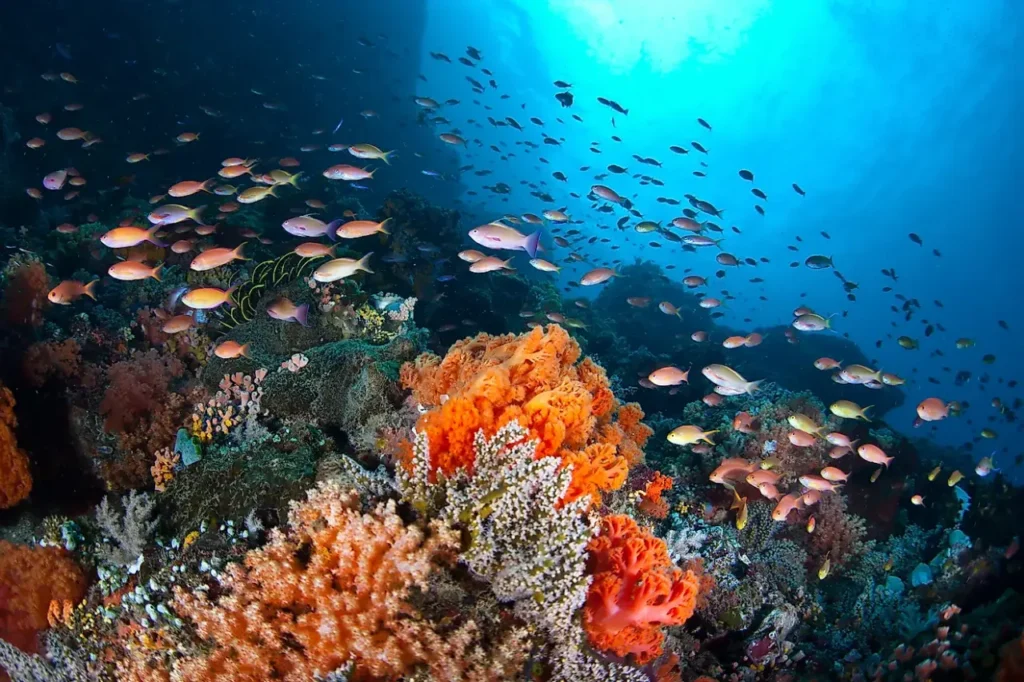
Coral Bleaching
The Great Barrier Reef has been significantly affected by coral bleaching events in recent years. Coral bleaching occurs when corals become stressed due to factors such as increased sea temperatures, pollution, and ocean acidification. This stress causes the corals to expel the symbiotic algae living within them, resulting in the loss of color and potentially leading to their death.
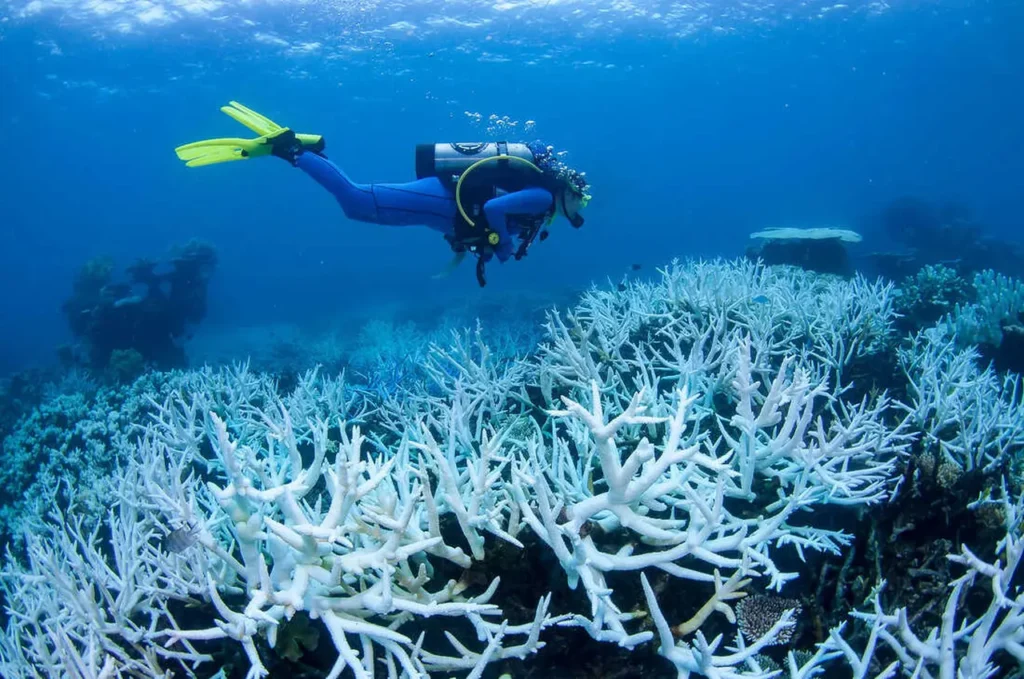
UNESCO World Heritage Site
The Great Barrier Reef was designated as a UNESCO World Heritage site in 1981. It is recognized for its outstanding universal value, serving as a global example of significant natural beauty and biodiversity. The reef’s World Heritage status highlights the need for its protection and sustainable management.
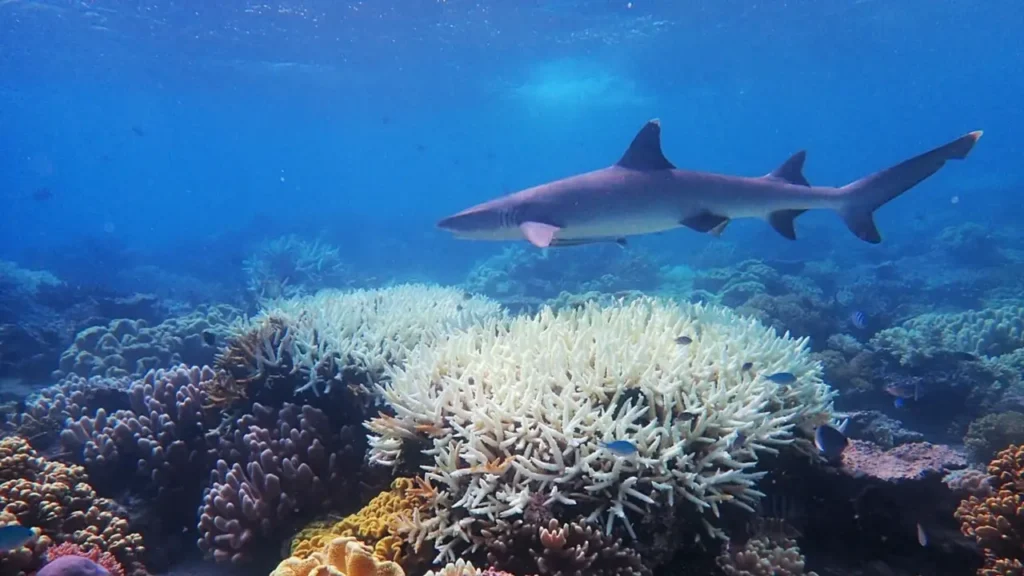
Tourism and Recreation
The Great Barrier Reef attracts millions of visitors each year who come to experience its natural beauty and engage in various recreational activities. Snorkeling and scuba diving are popular ways to explore the reef up close, with numerous dive sites and tour operators offering memorable underwater experiences. Visitors can also enjoy boat trips, island stays, and aerial tours to appreciate the reef from different perspectives.
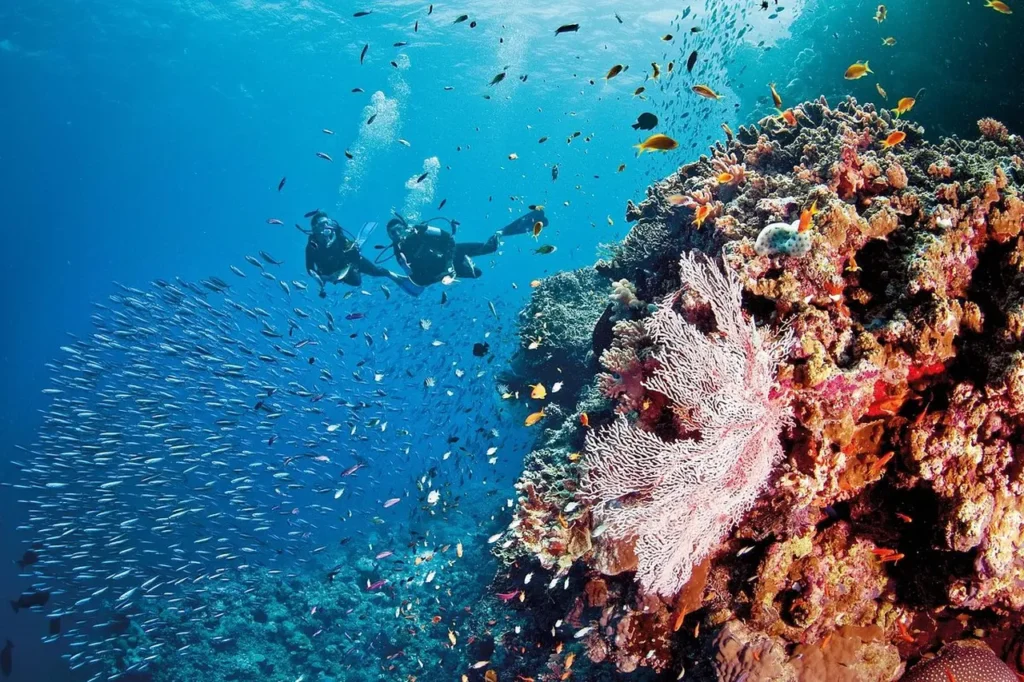
Conservation Efforts
Recognizing the importance of preserving this fragile ecosystem, numerous conservation initiatives and research programs are focused on protecting the Great Barrier Reef. Efforts include reef monitoring, research into coral resilience and restoration, implementing sustainable fishing practices, reducing pollution, and addressing the impacts of climate change.
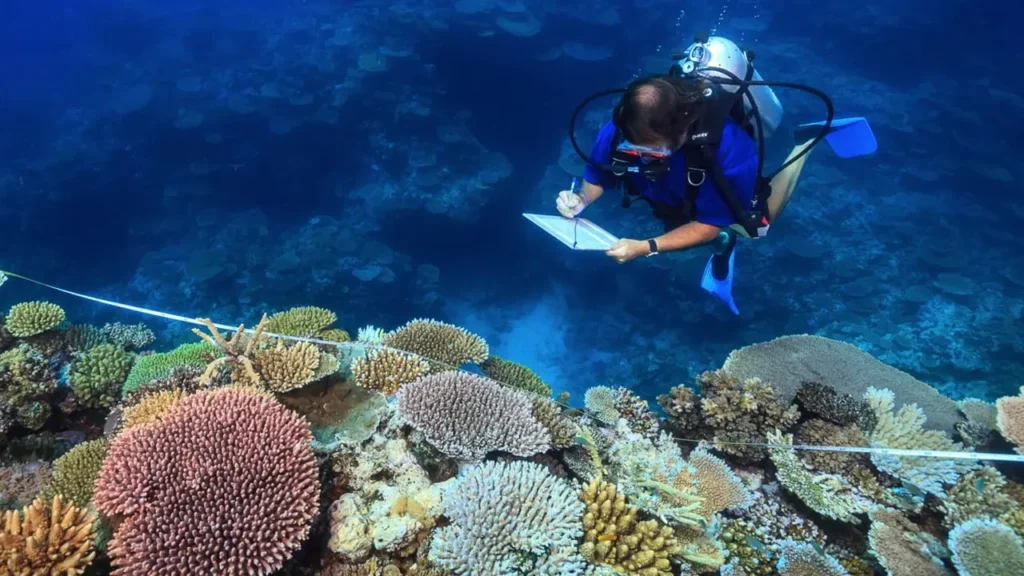
The Great Barrier Reef remains a cherished and globally significant natural treasure, captivating people from all over the world with its beauty and biodiversity. Continued efforts to address the challenges it faces and promote sustainable practices are essential for its long-term survival and the preservation of its ecological integrity.
Some activities when visiting the Great Barrier Reef
When visiting the Great Barrier Reef, there are numerous activities and experiences to enjoy. Here are some popular ones:
Snorkeling
Put on a mask, snorkel, and fins to explore the shallow coral gardens and observe the vibrant marine life up close. Many tour operators provide guided snorkeling trips suitable for all skill levels.
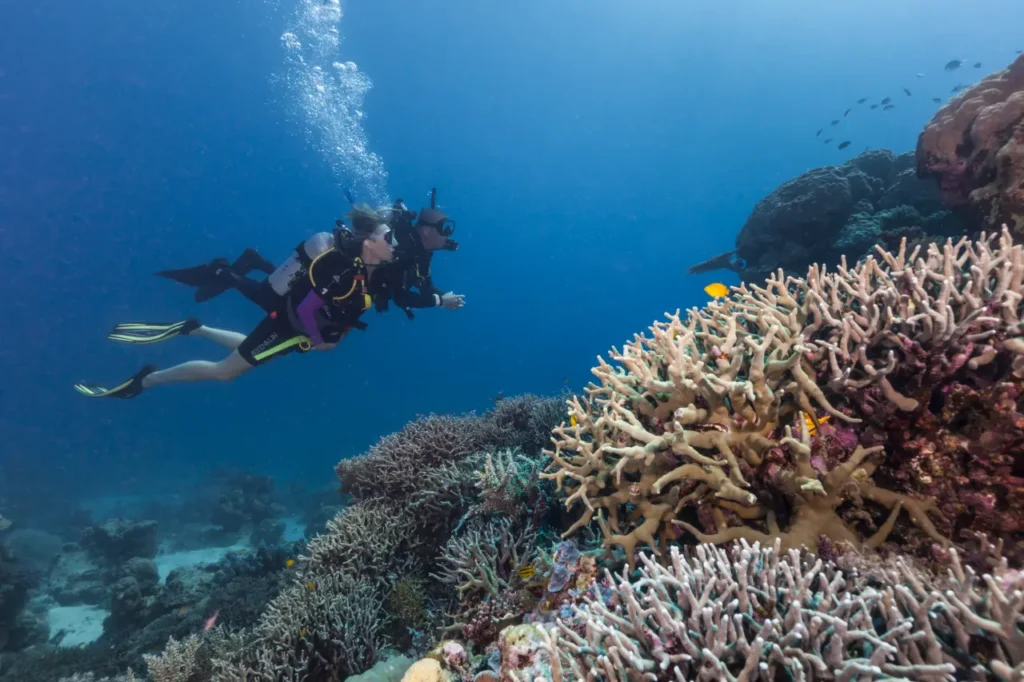
Scuba Diving
For a more immersive experience, certified divers can explore the deeper sections of the reef. There are options for both beginner and advanced divers, including guided dives and liveaboard trips for multiple dives over several days.
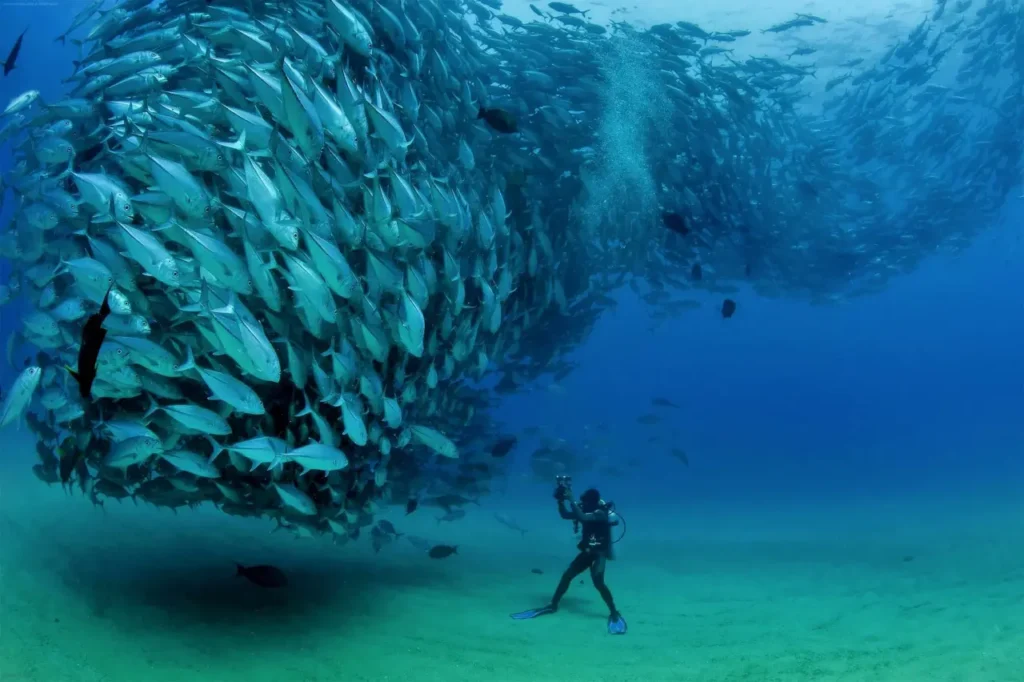
Reef Cruises
Join a reef cruise or boat tour to reach various parts of the Great Barrier Reef. These cruises often offer snorkeling and diving opportunities, along with onboard facilities like underwater observatories and glass-bottom boats to view the marine life without getting wet.
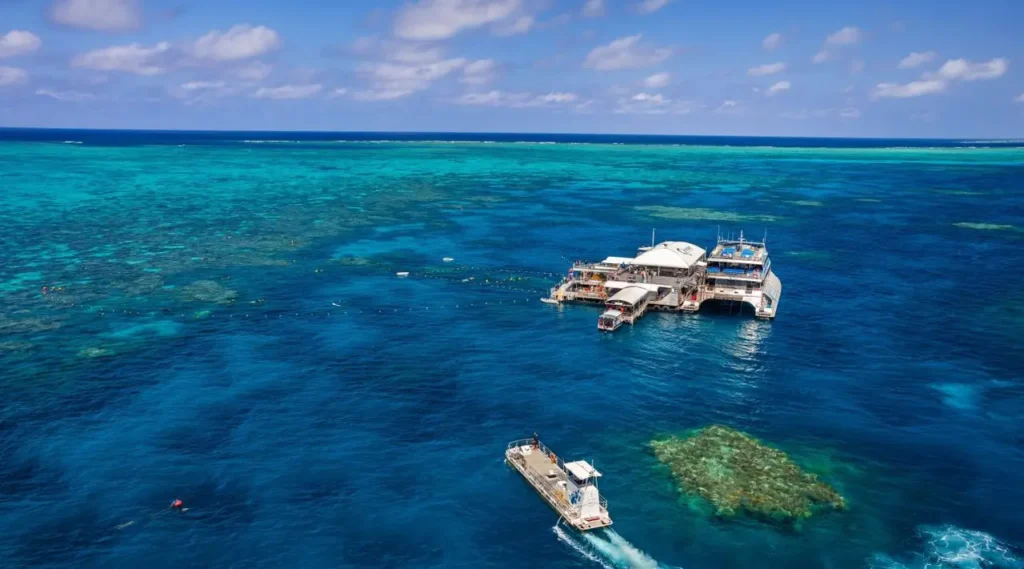
Helicopter or Scenic Flights
Take to the skies for a breathtaking aerial perspective of the reef’s vast expanse. Helicopter tours and scenic flights offer unforgettable views of the coral formations, turquoise waters, and islands dotting the reef.
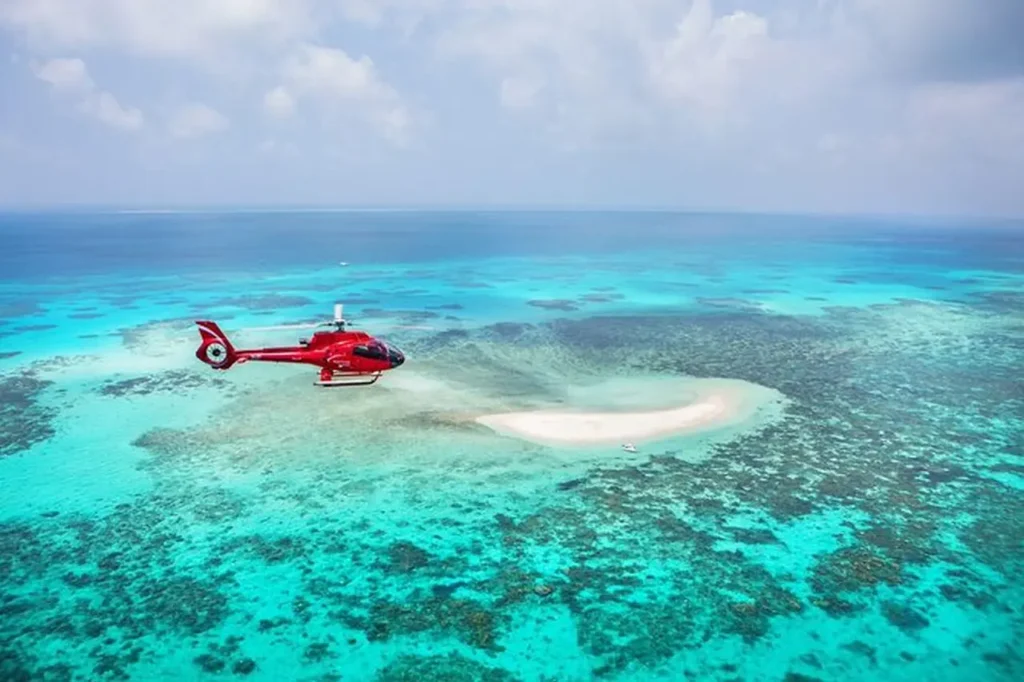
Island Visits
Explore some of the stunning islands within or near the Great Barrier Reef. Popular choices include Green Island, Fitzroy Island, and the Whitsunday Islands. Enjoy activities like swimming, beachcombing, nature walks, and even relaxing at luxurious resorts.
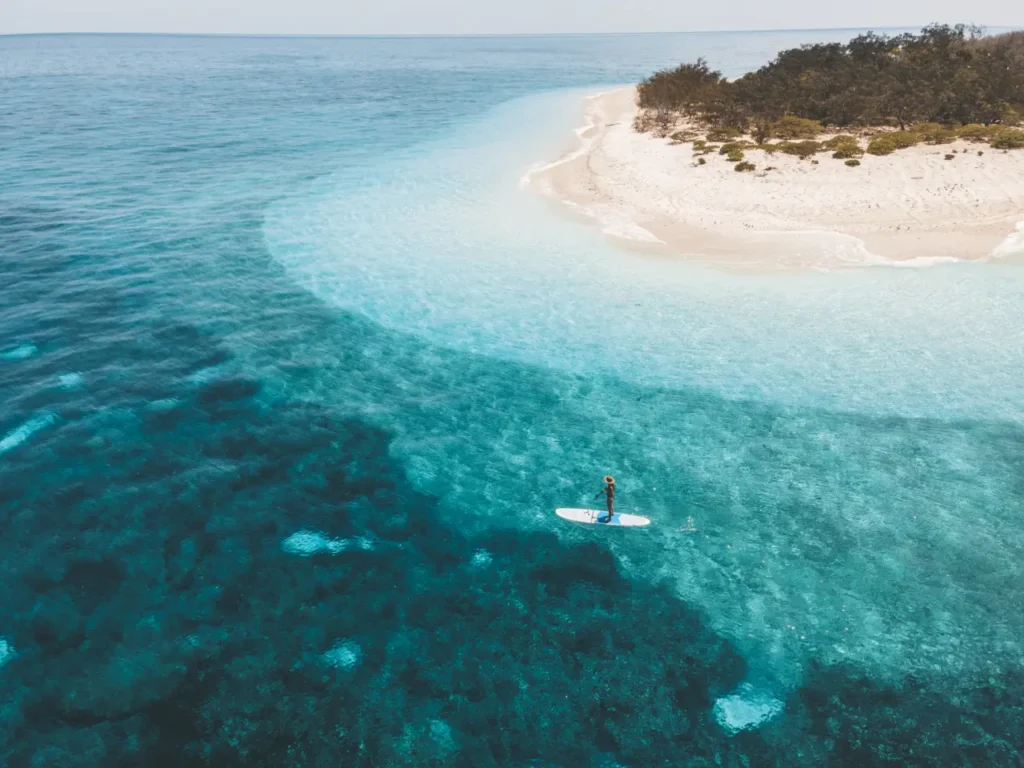
Sailing and Yachting
Embark on a sailing adventure or charter a yacht to navigate through the reef’s pristine waters. This allows for more flexibility and the opportunity to visit secluded locations, anchor near coral bommies, and enjoy the serenity of the surroundings.
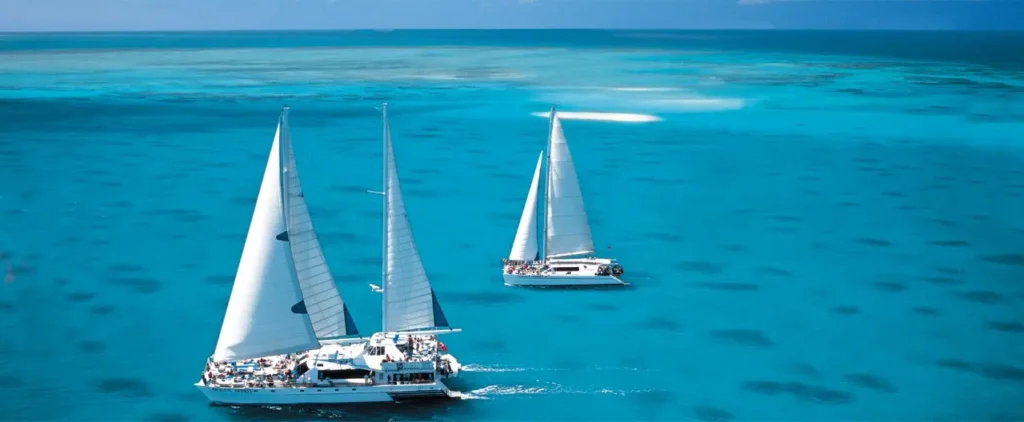
Marine Wildlife Spotting
Keep an eye out for the incredible marine wildlife that calls the Great Barrier Reef home. Spot turtles, dolphins, rays, and if you’re lucky, catch glimpses of majestic whales during their annual migration season (typically from June to November).
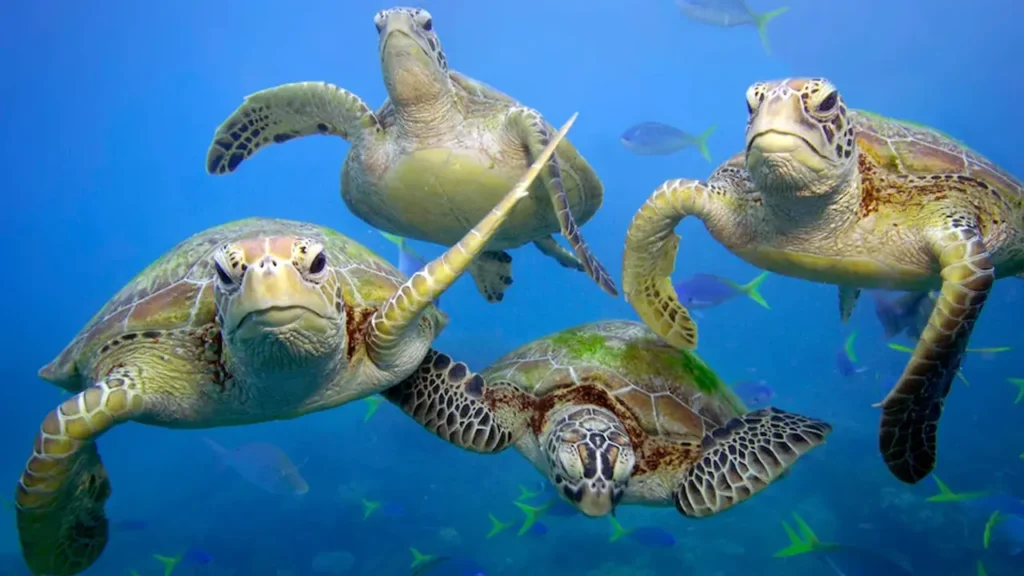
Educational and Research Programs
Learn about the reef’s ecology and conservation efforts by participating in educational programs and research-based activities. Some tour operators and organizations offer opportunities to contribute to citizen science projects or join marine conservation initiatives.
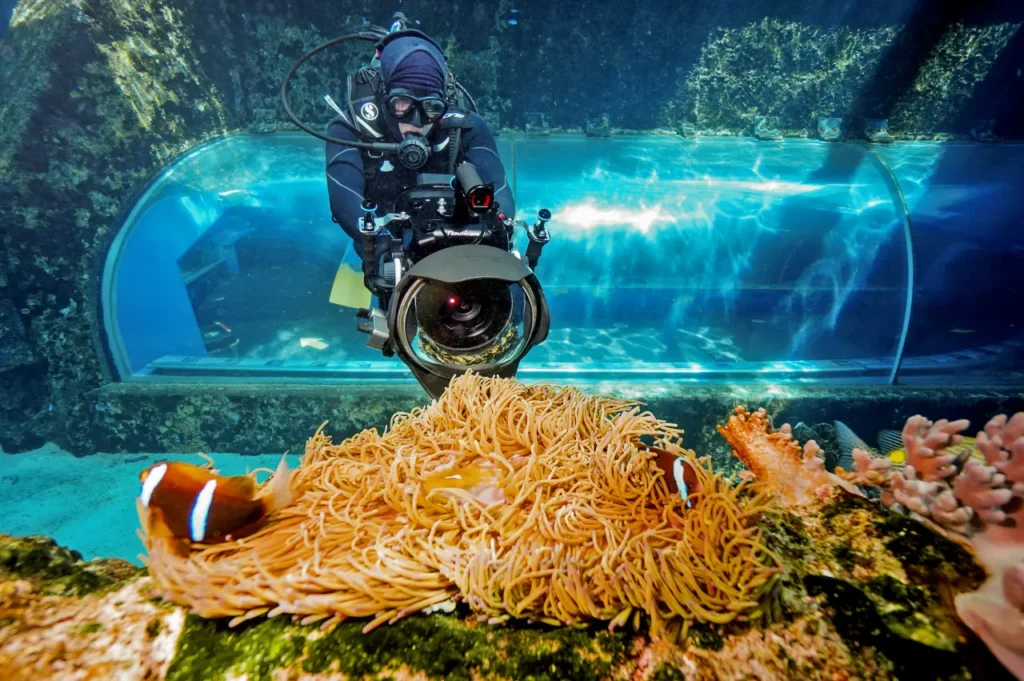
Indigenous Cultural Experiences
Gain insights into the rich cultural heritage of the Traditional Owners of the reef, the Aboriginal and Torres Strait Islander peoples. Engage in guided tours, cultural performances, and storytelling sessions to learn about their connection to the land and sea.
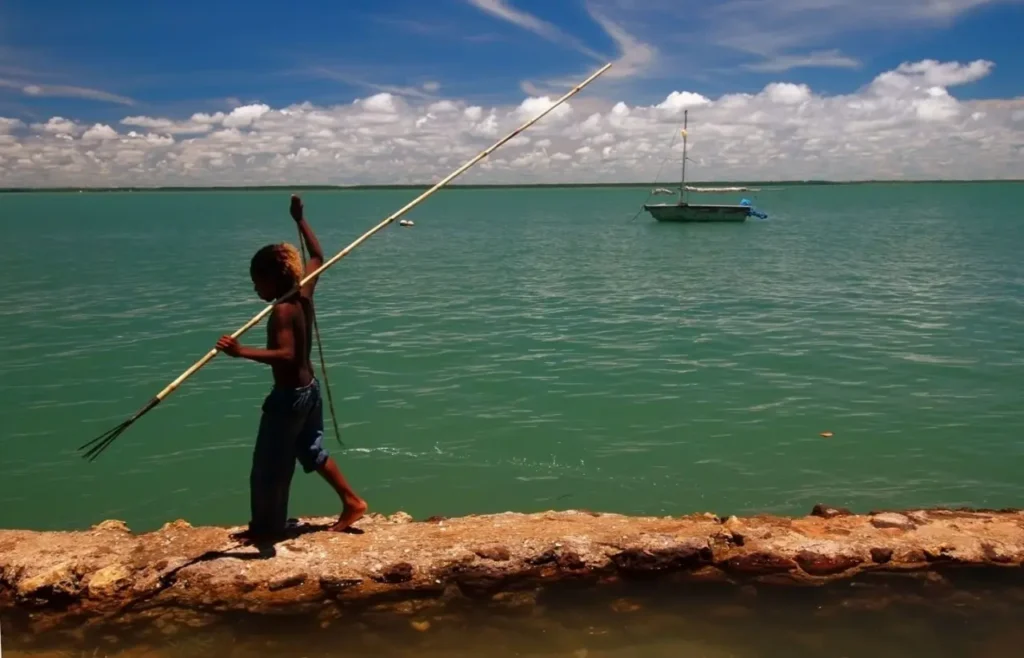
Relax and Enjoy the Views
Finally, simply take the time to relax and soak in the beauty of the Great Barrier Reef. Find a spot on a pristine beach, watch the sunset over the horizon, or indulge in a leisurely cruise, appreciating the tranquility and natural wonders surrounding you.
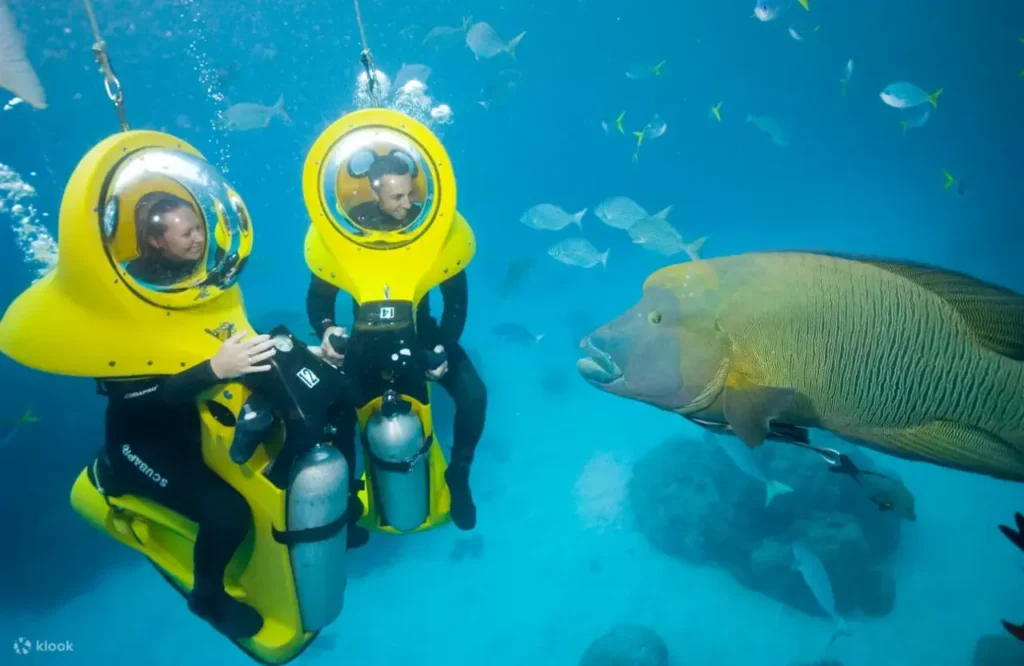
What to note when visiting the Great Barrier Reef
When visiting the Great Barrier Reef, it’s essential to prioritize the protection and preservation of this fragile ecosystem. Here are some key considerations and tips to keep in mind.
- Choose Responsible Tour Operators: Select tour operators that are committed to sustainable practices and have a strong emphasis on reef conservation. Look for operators that follow guidelines for responsible reef tourism, prioritize the well-being of the reef, and provide educational information to visitors.
- Reef-Safe Sunscreen: Use reef-safe sunscreen to minimize the impact of harmful chemicals on the coral and marine life. Avoid sunscreens that contain oxybenzone and octinoxate, as these can be harmful to corals. Opt for mineral-based sunscreens that are labeled reef-friendly.
- Follow Instructions and Guidelines: When participating in snorkeling, diving, or other activities, listen to the instructions provided by guides and follow all safety guidelines. Respect any designated zones, buoy markers, and restricted areas to avoid damaging the delicate coral and marine ecosystems.
- Don’t Touch or Take Anything: Refrain from touching, stepping on, or collecting any marine life, coral, shells, or artifacts. The reef is a protected area, and removing or damaging any part of it is strictly prohibited.
- Practice Responsible Diving and Snorkeling: Maintain good buoyancy control to avoid unintentional contact with the coral. Be mindful of your fins and equipment to prevent accidental damage. Avoid standing on or stirring up sediment as it can smother the coral.
- Be Mindful of Waste: Reduce your waste and dispose of it properly. Avoid littering, especially in the water. Take any trash with you when you leave the reef and dispose of it in designated bins onshore.
- Respect Wildlife: Observe marine life from a respectful distance and avoid touching or disturbing them. Do not feed fish or any other marine animals as it can disrupt their natural behavior and ecosystem balance.
- Choose Sustainable Souvenirs: Be mindful of the souvenirs you purchase, ensuring they are not made from endangered species or unsustainable materials sourced from the reef or its surroundings.
- Support Conservation Efforts: Consider supporting local organizations and initiatives dedicated to reef conservation through donations or volunteering opportunities. By contributing, you help protect and preserve this natural wonder for future generations.
- Stay Informed: Keep up-to-date with the latest news and research about the Great Barrier Reef. Stay informed about conservation efforts, climate change impacts, and any guidelines or regulations for visitors.
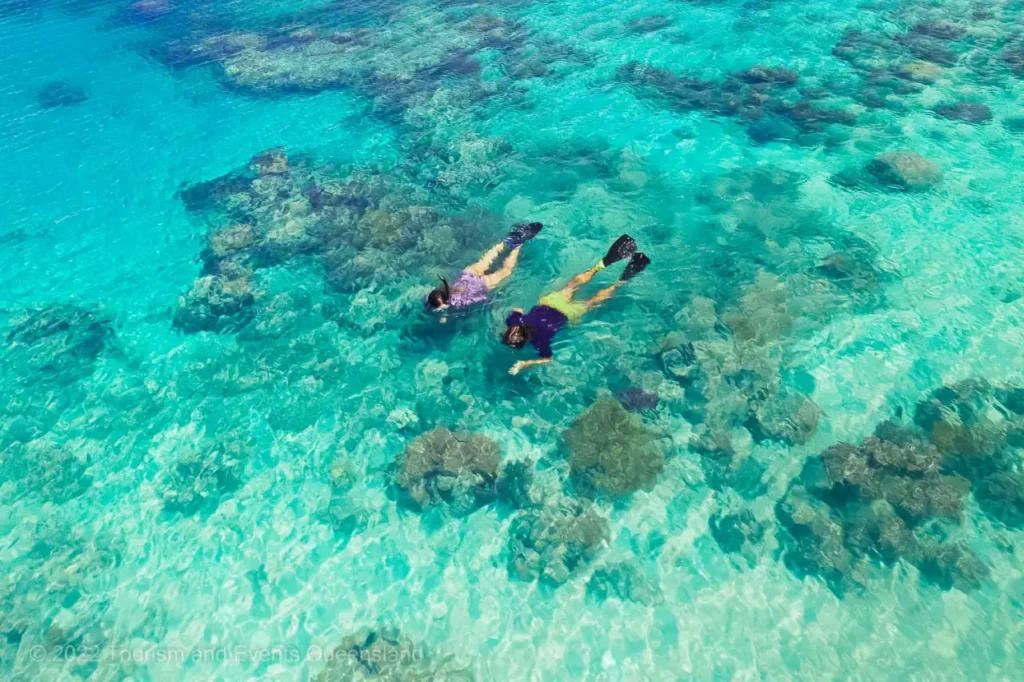
When is the best time to visit the Great Barrier Reef
The best time to travel to the Great Barrier Reef depends on your preferences and the activities you plan to engage in. Here are some factors to consider.
- Weather: The Great Barrier Reef enjoys a tropical climate with two main seasons: the wet season (November to April) and the dry season (May to October). The dry season is generally more popular for visitors due to the lower chance of rain and more comfortable temperatures.
- Water Temperature: If you plan to snorkel or dive, the water temperature may affect your experience. The warmest water temperatures occur during the summer months (December to February), while the coolest temperatures are in the winter months (June to August). The water is generally comfortable for swimming and water activities year-round.
- Marine Life Sightings: The Great Barrier Reef is teeming with marine life, and the best time to see certain species can vary. For example, humpback whales migrate through the area from June to November, providing excellent opportunities for whale watching. Turtles nest on the beaches from November to March, and you may witness their hatching in the following months.
- Crowds: The peak tourist season in the Great Barrier Reef typically coincides with the dry season, especially during school holidays and major public holidays. If you prefer a quieter experience, consider traveling during the shoulder seasons (April to May and September to October) when there are fewer crowds.
- Events and Festivals: Check if there are any specific events or festivals happening in the region that align with your interests. These events may offer unique experiences and cultural insights during your visit.
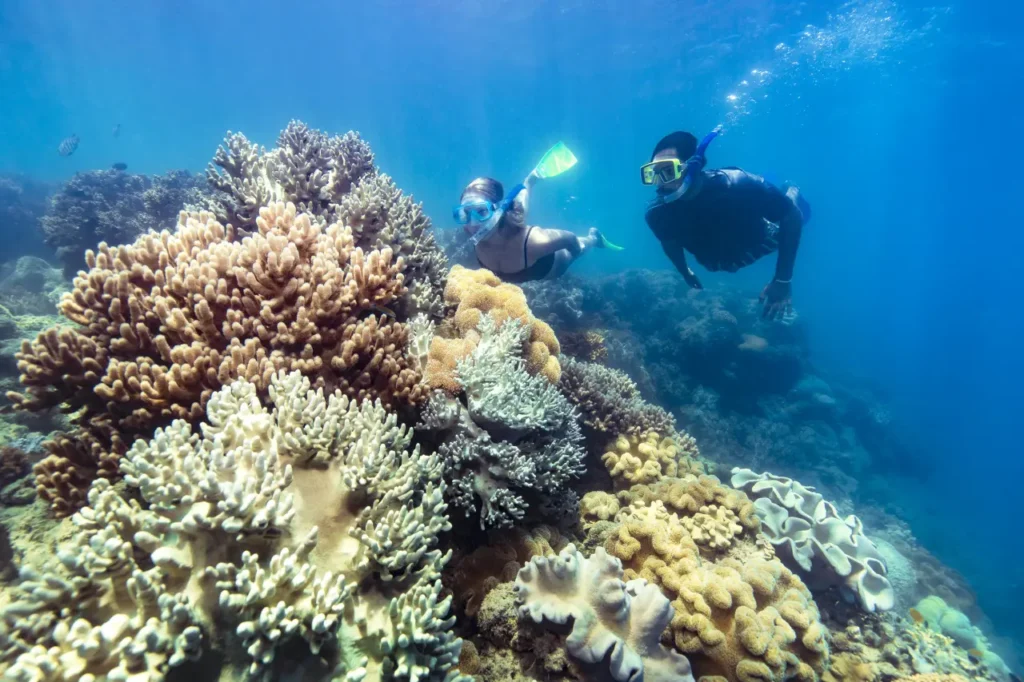
Ultimately, the Great Barrier Reef is a year-round destination, and the best time to travel depends on your personal preferences and priorities. It’s recommended to research the specific activities you want to engage in, consider weather patterns, and plan accordingly to make the most of your visit to this magnificent natural wonder.
In summary, the above article has provided some facts about Great Barrier Reef. Hope that through this article, you have gained a better understanding about this wonderful natural wonder. See you next topics!
